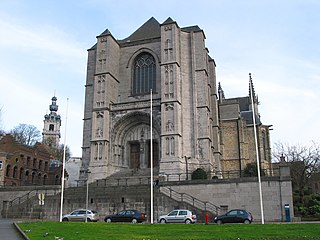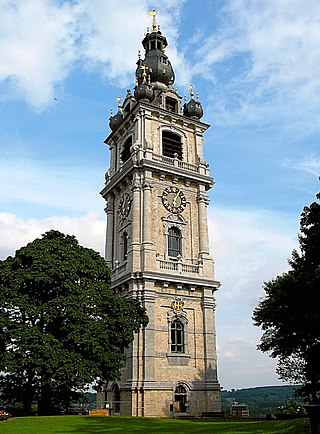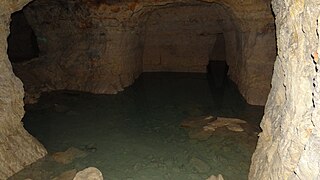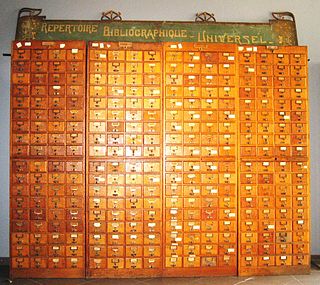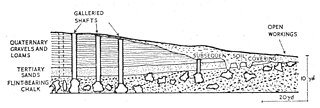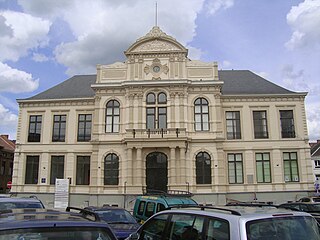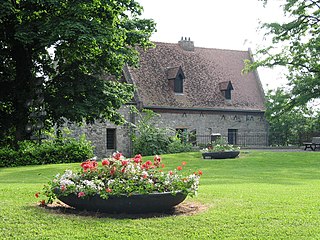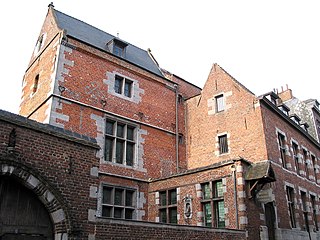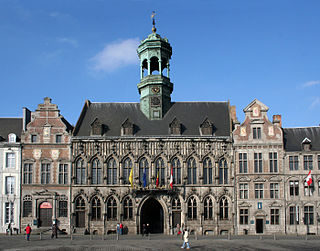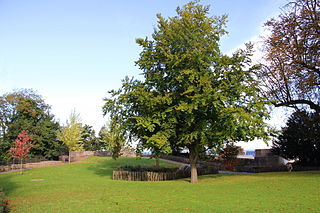13 Sights in Mons, Belgium (with Map and Images)
Legend
Welcome to your journey through the most beautiful sights in Mons, Belgium! Whether you want to discover the city's historical treasures or experience its modern highlights, you'll find everything your heart desires here. Be inspired by our selection and plan your unforgettable adventure in Mons. Dive into the diversity of this fascinating city and discover everything it has to offer.
Sightseeing Tours in Mons1. Collégiale Sainte-Waudru
Saint Waltrude Collegiate Church is a Roman Catholic parish church in Mons, Belgium, named in honour of Saint Waltrude. The church is a notable example of Gothic architecture, and is protected by the heritage register of Wallonia.
Wikipedia: Saint Waltrude Collegiate Church (EN), Heritage Website
2. Beffroi
The Belfry of Mons is one of the more recent among the belfries of Belgium and France. At a height of 87 metres (285 ft), it dominates the city of Mons, Belgium, which is itself constructed on a hill. This belfry, classified in Belgium since 15 January 1936, belongs to the major cultural patrimony of Wallonia. It was inscribed on the UNESCO World Heritage List on 1 December 1999, for its unique architecture, civic importance, and testimony to the birth of municipal influence and power in the area. It is the only one in Belgium that is constructed in Baroque style.
3. Anciennes carrières souterraines de la Malogne
The underground quarries of Malogne are made up of a set of contiguous and sometimes interconnected mines, located in Cuesmes, in the province of Hainaut in Belgium. The main ones were those of the S.A. des Phosphates de la Malogne, Emile Rolland and Joseph Mortiau. Underground mining lasted from 1877 to 1921/25, with a slight recovery in 1934.
Wikipedia: Carrières souterraines de la Malogne (FR), Heritage Website
4. Mundaneum
The Mundaneum was an institution which aimed to gather together all the world's knowledge and classify it according to a system called the Universal Decimal Classification. It was developed at the turn of the 20th century by Belgian lawyers Paul Otlet and Henri La Fontaine. The Mundaneum has been identified as a milestone in the history of data collection and management, and as a precursor to the Internet.
5. Abbaye de Saint-Denis
The abbey of Saint-Denis-en-Broqueroie belonged to the Benedictine order. It was located on the Obrechuil River, in a village that later bore the name of Saint-Denis and is now part of the city of Mons, Belgium. The abbey was founded in 1081 by the Countess of Hainaut Richilde and her son Count Baldwin II from a priory already mentioned in 886.
6. Minières du Camp-à-Cayaux
The Neolithic flint mines of Spiennes are among the largest and earliest Neolithic flint mines which survive in north-western Europe, located close to the Walloon village of Spiennes, southeast of Mons, Belgium. The mines were active during the mid and late Neolithic between 4,300 and 2,200 BC. Declared to be "remarkable for the diversity of technological solutions used for extraction" the site and its surroundings were inducted into the UNESCO's list of World Heritage Sites in 2000.
7. Coq de Jemappes
Jemappes is a sub-municipality of the city of Mons located in the province of Hainaut, Wallonia, Belgium. It was a separate municipality until 1977. On 8 June 1870, Flénu was detached from Jemappes, and was later merged into Jemappes in 1971. On 1 January 1977, Jemappes was merged into Mons.
8. Chapel of Saint Callixtus
The Chapel of Saint-Calixte is a former religious building built in the eleventh century and remodelled in the fourteenth century, located in the historic centre of the city of Mons in Belgium. Chapel of the castle of the Counts of Hainaut. Now deconsecrated, it is part of the Mons Belfry site and can be visited during guided tours.
Wikipedia: Chapelle Saint-Calixte de Mons (FR), Heritage Website
9. Église Sainte-Élisabeth
The Church of Sainte-Élisabeth is a religious building located on rue de Nimy, about a hundred meters from the Grand-Place in Mons, Belgium. A chapel built in the fourteenth century gave way to a Gothic building in the sixteenth, then baroque in the eighteenth century. Closed during the French revolutionary period, it became a Catholic parish again in 1803.
Wikipedia: Église Sainte-Élisabeth de Mons (FR), Heritage Website
10. Musée du Chanoine Puissant
The Canon Puissant Museum comes from the collection of Canon Edmond Puissant who bequeathed his collection to the city of Mons in 1933. This donation consisted of a collection of objects and two buildings.
11. Hôtel de Ville de Mons
The Mons City Hall is a public building located in the city of Mons, in the province of Hainaut (Belgium). Classified as a monument on 30 March 1936, it has been on the list of exceptional heritage of the Walloon Region since 2009.
12. Parc du Château
The remains of the castral enclosure of the old county castle of Mons are the remains of fortifications erected towards the end of the 12th century and located in the center of the city of Mons in the province of Hainaut (Belgium). They surround the castle park.
Wikipedia: Enceinte castrale de l'ancien château comtal de Mons (FR)
13. Église Saint-Nicolas-en-Havré
The Church of Saint-Nicolas-en-Havré is a Roman Catholic church in Mons, Hainaut, Belgium. The third church in the district of Havré, in the eastern part of the city of Mons, the current building was built at the beginning of the eighteenth century. A place of worship for the local Catholic community, the church has been classified as a monument since 15 April 1939, while its organ case and eighteenth-century furniture have been on the list of exceptional heritage of the Walloon Region since 2016.
Wikipedia: Église Saint-Nicolas-en-Havré (FR), Heritage Website
Share
Disclaimer Please be aware of your surroundings and do not enter private property. We are not liable for any damages that occur during the tours.
